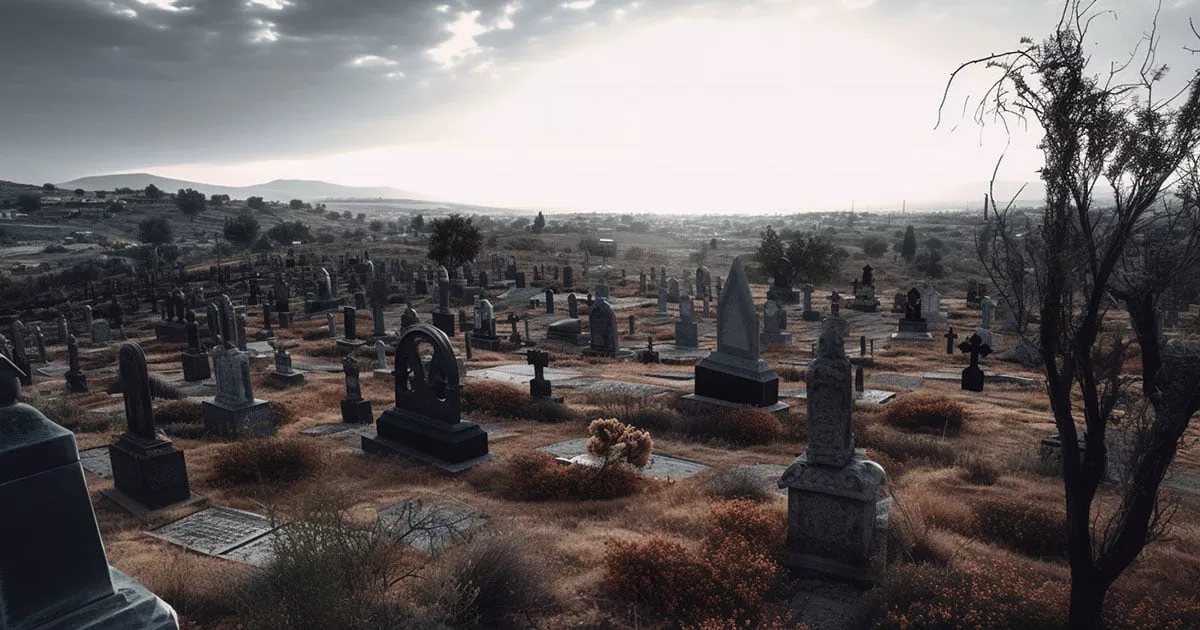

Picture yourself wandering through an ancient cemetery, where each gravestone whispers tales of lives once lived. These tranquil sanctuaries, steeped in history, have long served as the final resting places for countless souls. But have you ever paused to consider how these sacred grounds came into existence? Or what future they might hold in a world increasingly concerned with sustainability?
Long before the polished marble and manicured lawns, our ancestors laid the foundations of this tradition. Their simple burial rites evolved into the elaborate monuments we see today, each cemetery a reflection of the cultural beliefs and rituals of its time. But as we journey through this historical landscape, a question lingers: can these timeless practices adapt to the environmental challenges of our modern world?
Join us as we explore the rich history of cemeteries, uncovering the stories and beliefs that shaped these hallowed grounds. Along the way, we'll delve into the pressing issue of sustainability, examining how cemeteries must evolve to meet the demands of the future while preserving their deep connection to the past.
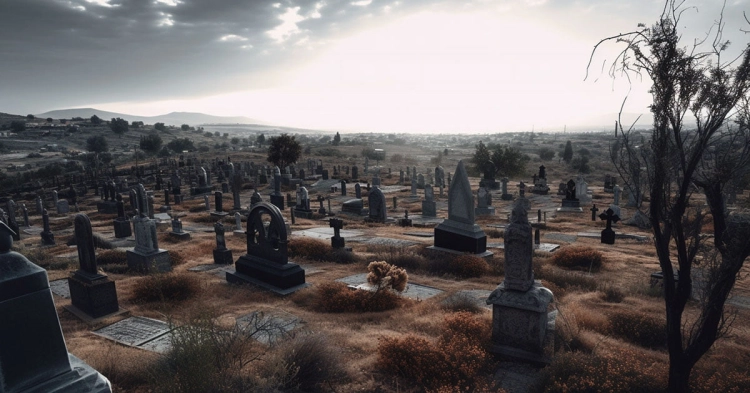
Why do we, across cultures and time, consistently create cemeteries? What deeper need do these spaces fulfill beyond simply providing a resting place for the dead? Cemeteries have evolved from mere burial sites into rich repositories of cultural, spiritual, and historical significance. They are not just places to lay the dead to rest; they are spaces where the living connect with the past, confront mortality, and express the values of their communities.
Cemeteries are woven into the fabric of our societies, serving as silent storytellers that reveal much about who we are and what we hold dear. They offer more than just a place to bury the dead—they provide a space where the living can engage with the past, preserve memories, and find solace in shared rituals. Each cemetery tells a unique story of the community it serves, reflecting the customs, beliefs, and historical moments that shape our collective identity.
A Place of Respect: Cemeteries like Arlington National Cemetery in the U.S. are hallowed grounds, honoring military personnel who served their country. These spaces provide a solemn environment where respect for the deceased is paramount, reflecting the nation's values and history.
A Sanctuary for Grief: Cemeteries such as Père Lachaise in Paris are not just burial grounds but places where families gather to mourn and celebrate the lives of their loved ones. The serenity and beauty of these spaces offer solace, making the act of visiting a grave a crucial part of the grieving process.
Spiritual Significance: In Varanasi, India, cremation ghats along the Ganges River are believed to facilitate the soul's journey to the afterlife. Cemeteries and cremation sites worldwide often hold deep spiritual meaning, serving as the final step in many religious rituals.
Health and Sanitation: In the 19th century, London’s overcrowded churchyards led to the creation of large cemeteries like Highgate Cemetery. These sites were developed outside of the city to prevent the spread of disease, a common issue when burial sites were too close to the living.
Organized Resting Places: As urban areas expanded, cities like New York established cemeteries like Green-Wood Cemetery in Brooklyn to provide organized, peaceful resting places away from the hustle and bustle of city life, allowing for better land management and urban planning.
Cultural Repositories: Cemeteries such as La Recoleta in Buenos Aires act as open-air museums, preserving the cultural and historical records of a society. The ornate tombs and mausoleums tell stories of Argentina's past, showcasing the wealth, power, and influence of its citizens.
Cemeteries, in essence, are about more than death—they are about life, memory, and the enduring connection between the past and the present. They fulfill a profound human need to remember, honor, and find meaning in our shared mortality.
Throughout history, various civilizations have developed their own unique burial customs and rituals, leading to the creation of different types of cemeteries. All cemeteries today are an evolution of past traditions.
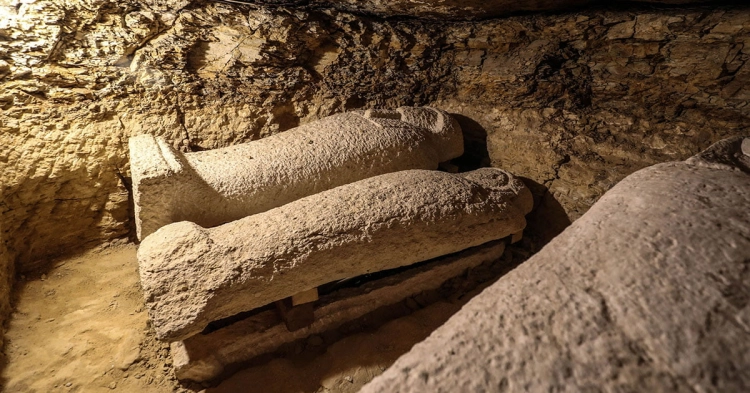
The ancient Egyptians believed in the afterlife, and they built elaborate tombs and burial complexes to ensure a successful transition to the next realm. The famous pyramids of Giza, for example, were built as tombs for pharaohs, while the nearby necropolis contained the tombs of lesser nobility and officials. These vast cemeteries were designed to protect and honor the deceased, as well as to ensure their continued well-being in the afterlife.
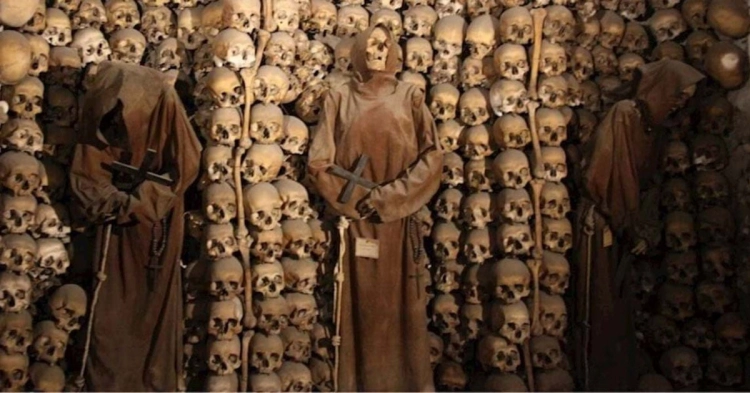
In ancient Rome, the dead were often buried outside city walls in designated burial grounds or catacombs. These underground networks of tunnels and chambers served as burial places for early Christians, who were not allowed to bury their dead within the city limits. The catacombs provided a hidden, secure space for the internment of the deceased, as well as a place for worship and the commemoration of martyrs.
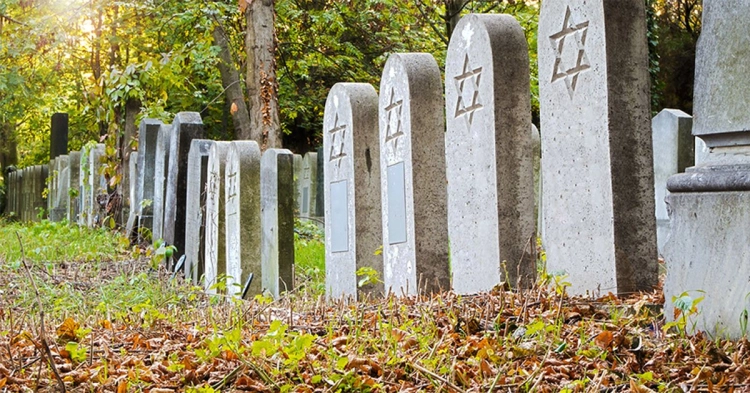
Jewish burial customs have their roots in biblical traditions. According to Jewish law, the dead must be buried in a separate area from the living to maintain ritual purity. This led to the establishment of Jewish cemeteries outside city walls, with specific customs and rituals associated with the burial process, such as the placement of stones on the grave as a sign of respect.
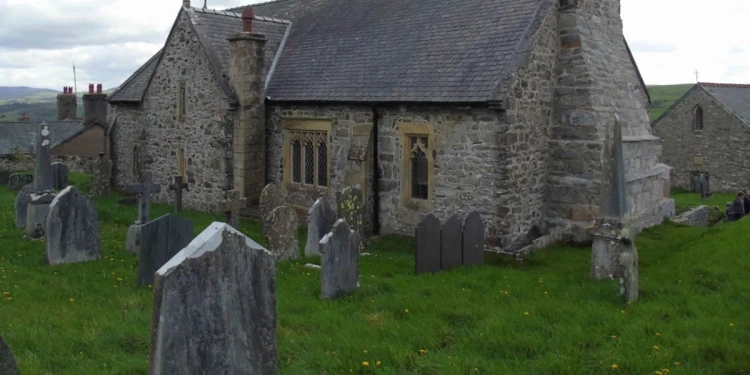
During the Middle Ages, Christian cemeteries were often located adjacent to churches, as it was believed that the sanctity of the church ground would protect the dead and help ensure their passage to heaven. The practice of burying the dead in churchyards also had a social function, reinforcing the sense of community and shared religious identity.
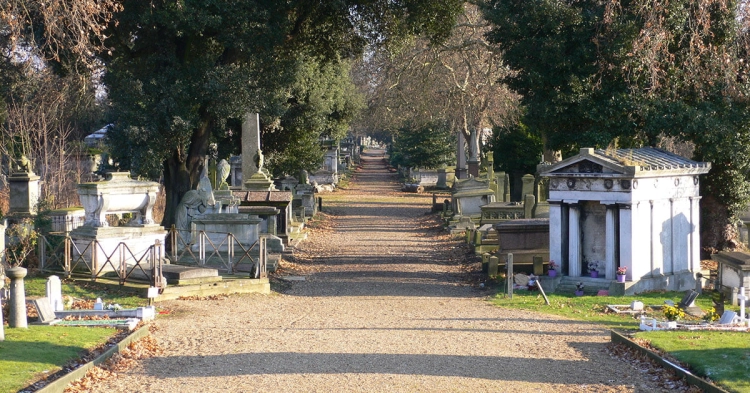
In the 19th century, overcrowded and unsanitary urban churchyards led to the development of the ”garden cemetery” movement. These landscaped cemeteries, such as London’s Highgate Cemetery or Paris’s Père Lachaise, were designed as peaceful, park-like spaces for the burial of the dead and for visitors to reflect and remember. They also became a response to urbanization, offering a green oasis within rapidly growing cities.
There are several arguments for eliminating cemeteries. One being limited land resources. As urbanization and population growth continue, land becomes an increasingly scarce and valuable resource. Traditional cemeteries occupy large expanses of land that could be used for other purposes, such as housing or public parks. Especially, in densely populated areas, finding space for new cemeteries can be challenging, leading to concerns about the long-term sustainability of the traditional burial model.
Another argument centers around the high costs associated with traditional burials. The expenses for burial plots, headstones, and maintenance can place a significant financial burden on families. Additionally, maintaining cemeteries requires ongoing resources, such as labor for landscaping and repairs, which can be expensive for municipalities or private organizations. The costs of traditional burials have led some to question whether alternative methods, such as cremation or green burials, might be more cost-effective and sustainable in the long run.
Changing societal values and beliefs also contribute to the argument for eliminating cemeteries. As traditional religious practices decline in some areas, fewer people may feel a strong attachment to the idea of a physical burial site. There is a growing awareness of environmental issues, and many people are becoming more eco-conscious in their choices. This has led to increased interest in alternative burial methods, such as green burials, that have a lower environmental impact.
Most arguments for eliminating cemeteries stem from concerns about land scarcity, high costs, and changing societal values. These factors have led many to reconsider the role of cemeteries in modern society and explore alternative options that better align with contemporary needs and priorities.
If we were to do away with graveyards where would we store our loved ones after their passing?
Several alternate solutions to traditional cemeteries have emerged in response to the growing concerns about land use, costs, and environmental impact. These alternatives often focus on reducing the physical footprint and environmental impact of internment or finding innovative ways to commemorate the deceased.
Cremation has become an increasingly popular alternative to traditional burial, with over 56% of people in the U.S. choosing this option as of 2020, a significant rise from 38% in 2010. The shift towards cremation reflects changing cultural attitudes and environmental concerns. Cremation reduces the amount of space required for interment, as ashes can be stored in urns, scattered in meaningful locations, or incorporated into memorial objects like jewelry. Additionally, cremation is generally more cost-effective than traditional burials, making it an attractive option for many families.
Many people want a special place to remember and honor their loved ones who have passed away. Digital memorials and virtual cemeteries are now a modern way to do this without using physical land. Families and friends can make online memorials to share stories, pictures, and messages about the person who has died. This way, people can think about and grieve for their loved one without needing a traditional burial site.
Green burials have gained traction as an eco-friendly alternative to conventional cemetery practices. These burials involve using biodegradable materials, such as coffins made from natural fibers or simple shrouds, which decompose over time and return the body to the earth. Green burial sites are often designed to resemble natural habitats, emphasizing conservation and environmental stewardship.
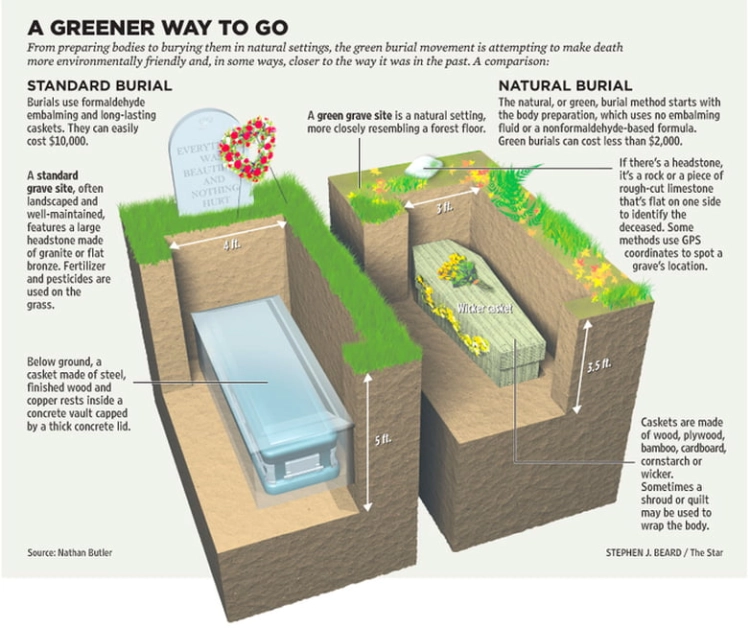
Columbarium’s and mausoleums offer a space-saving solution for interment, as they can house multiple remains in a single structure. These buildings can be designed with architectural innovation in mind, creating aesthetically pleasing and efficient spaces for commemorating the deceased. This would be a great alternative in heavy populated areas.
These are all viable solutions that we use today and have used in the past for many centuries. Traditions can be hard to break though and that’s where we need to come together and talk about ways we can address the situation for future generations.
Balancing tradition with innovation when it comes to burial practices and memorials can be achieved by understanding and respecting the cultural significance of traditional customs while being open to new ideas and solutions. Here are some ways to strike this balance:
By taking these steps, we can balance tradition with innovation, creating a future that respects and honors the customs of the past while embracing new, sustainable, and inclusive approaches to remembering and commemorating the deceased.